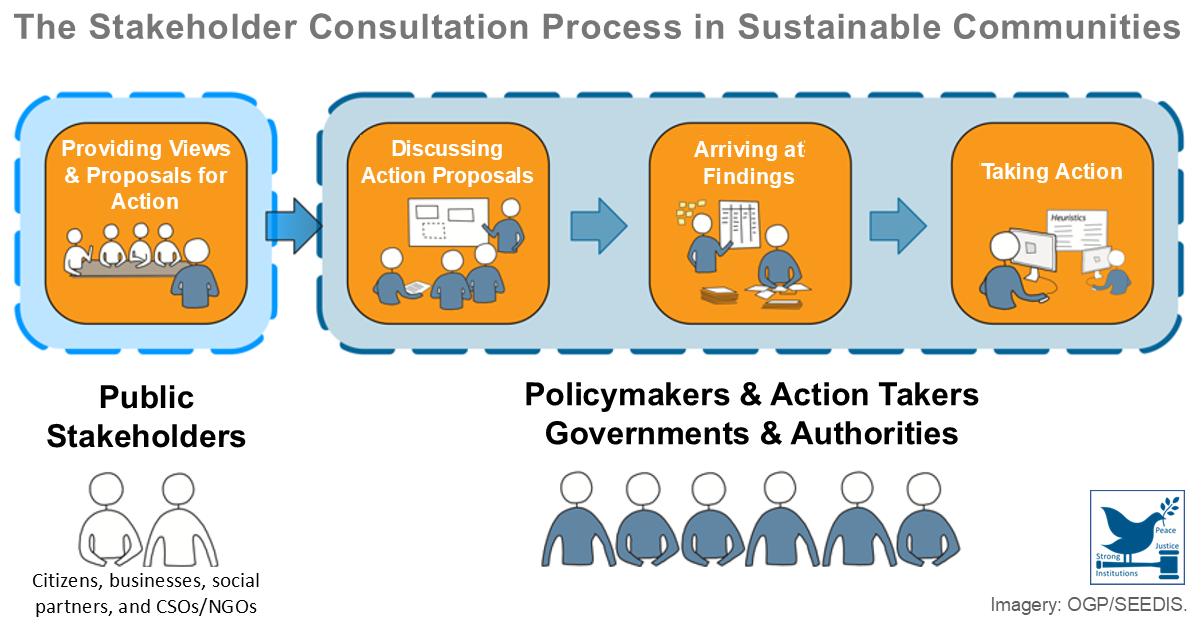The lessor’s liability to the third-party debt participant is offset against its lease receivables from the lessee and the lessor reports an asset only if the lease receivable is greater than the debt and reports interest income from the lease only in those years when the receivable exceeds the debt obligation.
The lessor gives a leveraged lease the following accounting treatment:
- The investment in the lease is recorded net of the nonrecourse debt and any related finance costs to third-party creditors; and
- The finance income is recognized based on the lessor’s net cash investment outstanding in respect of the lease and amortized over the term of the lease.
The lessor’s gross investment in a leveraged lease is calculated as:
- The rentals receivable from the lessee, net of the principal and interest payments due to the long-term creditor;
- A receivable for any amount of the investment tax credit (ITC) to be realized on the transaction;
- The estimated residual value of the leased asset; and
- The unearned interest income, after deducting initial direct costs, consisting of the estimated pretax lease income (or loss) and any ITC remaining to be allocated to income over the remaining term of the lease.
The unearned interest income that the lessor recognizes at lease inception equals the total of the pretax lease income and the unamortized investment tax credit to be received over the lease term. Whereas the first three components of the lessor’s gross investment in a leveraged lease are readily available, a cash flow analysis for each year of the lease term is required in order to calculate the unearned and deferred income. In the event of a tax rate change during the life of a leveraged lease, all components of the lessor’s gross investment in the transaction must be recalculated from lease inception using the revised after-tax cash flows arising from the revised tax rates.
| The Components of Total Income to be Earned in a Leveraged Lease | ||||
|---|---|---|---|---|
| Total rentals including residual value | $ | 1,550,000 | $ | 1,550,000 |
| Tax depreciation | (1,000,000) | |||
| Loan interest | (516,530) | (516,530) | ||
| Taxable income | 33,470 | |||
| Assumed tax rate/tax effect | X | 50.4% | (16,869) | |
| Loan principal | (600,000) | |||
| Investment tax credit | 100,000 | |||
| Initial investment | (400,000) | |||
| Total lease income | $ | 116,601 | ||
| A $1,000,000 asset is financed by a $600,000 non-recourse borrowing and $400,000 of equity investment by the lessor (it is assumed there are no initial direct costs). | ||||
| Source: Ernst & Young | ||||


Leave A Comment
You must be logged in to post a comment.